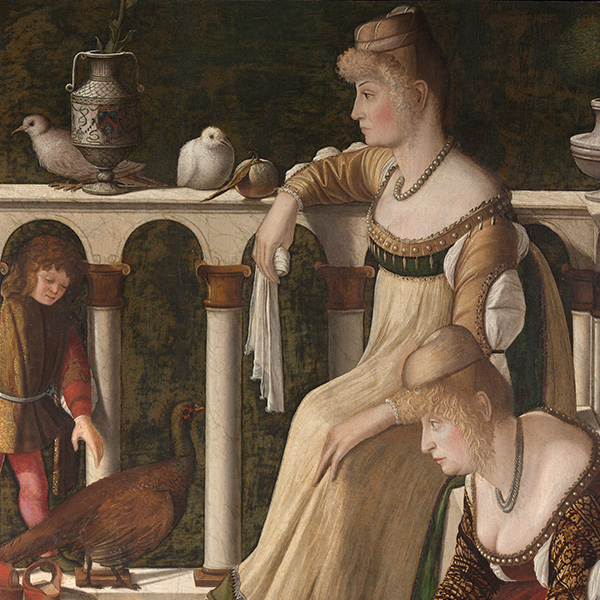
The original Tondo Ludovisi by Jacopo della Quercia in its current location at the Rocchetta Mattei © courtesy of Genus Bononiae. Musei della città
The tondo was part of the lost tomb dedicated to the Bolognese captain Niccoló Ludovisi and his father Giovanni, originally located in the church of San Domenico in Bologna before it was dismantled. Around 1850, Count Cesare Mattei acquired some of the sculptural works from the tomb to decorate his moresque-style castle in Grizzana Morandi, leading to the majority of them being thought lost for almost 150 years. The tondo was placed in the courtyard at a height of about 4m, over an archway leading to the first floor. In 2019, it was identified and attributed to the artist.Carisbo Foundation commissioned a facsimile of this important proof of Jacopo della Quercia’s activity in Bologna. Pedro Miró and Ferdinand Saumarez Smith digitised the bas-relief using photogrammetry, in order to create a 3D model that could be rematerialised as a physical replica.
The 3D model was CNC-milled in high-density polyurethane and is now in the process of being moulded and recreated in gesso in Factum’s workshops in Madrid.

Ferdinand Saumarez Smith recording the original Tondo Ludovisi in its current location at the Rocchetta Mattei © Factum Foundation










